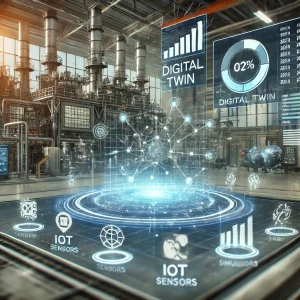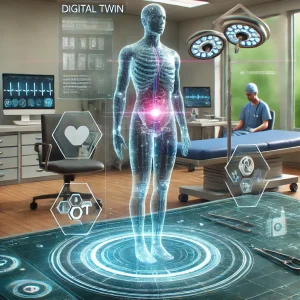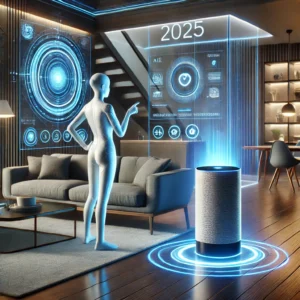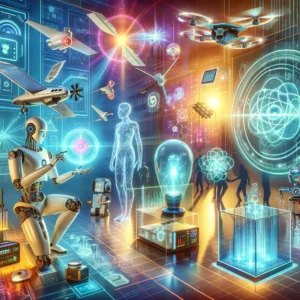What Are Digital Twins and Why Are They Important?

What Are Digital Twins and Why Are They Important?
In today’s fast-paced, technology-driven world, staying ahead requires innovative tools that provide actionable insights. One such revolutionary concept is the digital twin. This article will explore what digital twins are, how they work, and why they are transforming industries across the globe.
What Are Digital Twins?
A digital twin is a virtual replica of a physical object, system, or process. This digital representation mirrors its real-world counterpart in real-time, allowing for monitoring, analysis, and optimization without interacting with the physical entity.
Digital twins use data collected from sensors, IoT devices, and other technologies to simulate real-world behaviors and conditions. These simulations provide insights into performance, predict outcomes, and help make data-driven decisions.
How Digital Twins Work
1. Data Collection: Sensors on the physical object collect data, such as temperature, pressure, and operational performance, and send it to the digital twin.
READ ALSO: How 6G Could Revolutionize Communication Technologies.
2. Integration: The digital twin integrates this data to create a dynamic, real-time model of the physical object.

3. Simulation: Using advanced algorithms, the digital twin simulates scenarios, predicts future behavior, and identifies potential issues.
4. Optimization: Insights from the digital twin enable businesses to optimize performance, reduce costs, and improve efficiency.
Applications of Digital Twins Across Industries
1. Manufacturing
Streamlined Operations: Digital twins help monitor and optimize production lines, ensuring minimal downtime and maximum efficiency.
Predictive Maintenance: By simulating wear and tear, manufacturers can predict when machinery might fail and schedule timely repairs.
2. Healthcare
Patient Care: Digital twins of organs or body systems enable doctors to personalize treatment plans and simulate surgeries.
Medical Equipment: Monitoring medical devices in real-time ensures optimal functionality and patient safety.
3. Smart Cities
Urban Planning: Cities use digital twins to model infrastructure, plan developments, and optimize energy use.
Traffic Management: Digital twins simulate traffic flows, reducing congestion and improving transportation systems.
4. Energy Sector
Power Grids: Digital twins optimize energy distribution and prevent blackouts.
Renewable Energy: Wind farms and solar panels use digital twins to improve energy efficiency.
5. Automotive and Aerospace
Vehicle Design: Digital twins simulate vehicle performance under various conditions, improving safety and efficiency.
Aircraft Maintenance: They predict component failures and schedule repairs to avoid costly delays.
Benefits of Digital Twins
1. Enhanced Decision-Making
Real-time data and simulations provide businesses with actionable insights, leading to informed decisions.
2. Cost Savings
Predictive maintenance and performance optimization reduce operational costs significantly.
3. Improved Efficiency
Digital twins streamline processes, enhance productivity, and minimize downtime.
4. Risk Mitigation
Simulating scenarios helps identify potential risks, allowing businesses to address them proactively.
5. Sustainability
By optimizing resource usage, digital twins contribute to eco-friendly practices.
Challenges and Limitations
1. High Initial Costs
Implementing digital twin technology requires significant investment in sensors, IoT devices, and software.
2. Data Security
With large volumes of data being transmitted, ensuring cybersecurity is critical.
3. Complexity
Integrating digital twin technology into existing systems can be challenging and time-consuming.
The Future of Digital Twins
The digital twin market is projected to grow exponentially in the coming years. As technologies like AI, machine learning, and IoT advance, digital twins will become more sophisticated and widely adopted. They are set to play a pivotal role in Industry 4.0, shaping how businesses operate and innovate.
Conclusion
Digital twins are not just a technological trend; they are a transformative force reshaping industries. From improving efficiency and reducing costs to driving sustainability, their applications are vast and impactful. As businesses increasingly adopt digital twin technology, it is poised to become a cornerstone of the modern digital economy.





